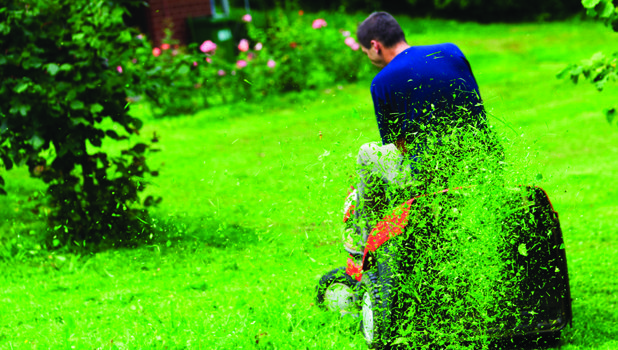Lawn Upload
Grass Releases Surprising Amounts of CO2
Which emits more of the greenhouse gas carbon dioxide: a cornfield or a residential lawn? According to researchers at Elizabethtown College, in Pennsylvania, it’s the grass. David Bowne, an assistant professor of biology, published the study results in the Soil Science Society of America Journal. After measuring carbon dioxide released from each setting, the scientists found that urban areas deemed heat islands may have a smaller overall impact than previously thought, compared with suburban developments.
Previously, the heat island effect has been perceived as a phenomenon that
occurs only in cities, where the mass of paved roads, dark roofs and buildings absorb and concentrate heat, making cities much warmer during hot days than other areas.
Both carbon dioxide releases and soil temperature were measurably higher in residential lawns than in croplands and higher temperatures are directly associated with carbon dioxide efflux. Bowne says, “As you increase temperature, you increase biological activity—be it microbial, plant, fungal or animal.” Increased activity leads to more respiration and increased carbon dioxide emissions.
Source: Tinyurl.com/LawnsVersusCorn
<













